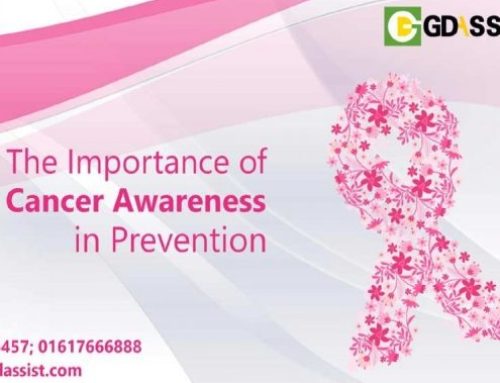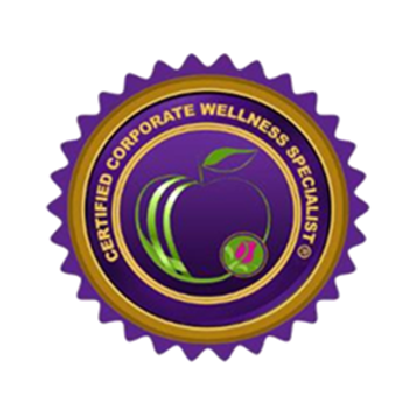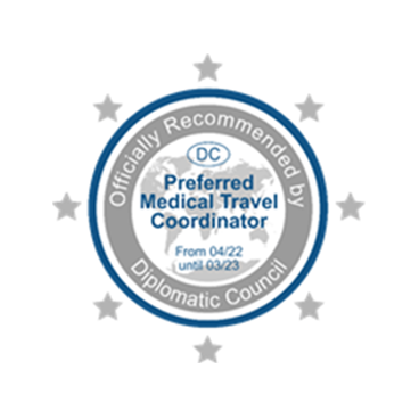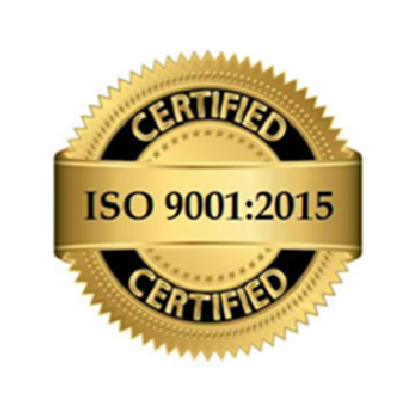Balm for the stressed-out corporate employee
Note to self:“It’s not stress that burdens us. It’s our reaction to it that does. So I’ll always stay positive, calm and breathe easy while putting my best at work.”
An employee working in a large corporate had pinned this message on his soft-board. A wellness trainer hired by his organisation happened to walk by his cubicle and, intrigued, asked him why he had displayed the memo so prominently in his workplace. His answer was interesting. He said that his life was one of coming a full circle and a story of transformation. The trainer became very interested and finding a cosy corner in the office and over steaming coffee, he asked the employee to tell him more.
STRESS
Yes, the employee said. This silent killer had entered into his life, slowly, without warning, and then had crept in gradually, every day, until it had engulfed him completely. He had become a victim of stress. But what caused this in the first place?
The employee said that in his early days when he had just joined office, he felt energised to come to work every morning. He was happy to learn the finer aspects of his profession, found bonhomie among his colleagues and his manager was empathetic.
However, over time, the tide turned. Meetings that had been organised for 15 minutes stretched into a couple of hours of sitting in a tight damp environment, causing a domino effect on his schedule in terms of a pile-up of work. A minor disagreement with a senior colleague led to an ongoing skirmish with negative stray comments about his behaviour and attitude regularly being passed by the senior. Soon also, other work started pouring in and deadlines started looming large. More work. Shorter deadlines. Combine the two: More stress.
What had become episodic had turned into chronic stress.
The employee said that he started going home late – sometimes putting in as much as 12-14 hours in office every day. He started neglecting his family and had become extremely short-tempered. He did not have time for anything but work. And slept – anxiously though – for as little as 5-6 hours at night. He was multi-tasking in ever-tighter schedules, suffering from competing priorities and getting loaded with unrealistic timelines. On top of that, his manager was always on the lookout for shouting at him on the slightest of pretexts – in front of others, sometimes even his juniors. Also, he also constantly worried that his phone might ring or ping with an urgent message – or a reprimand – from his manager.
Even at home, his face was either glowing in the light of his computer or he was staring into his phone, as if a message would come anytime. He was constantly on tenterhooks, nervous and anxious and always felt drained-out. Moreover, his health was also deteriorating as he had put on weight and suffered from a headache all the time. Unknowingly, he felt, he had become a victim of the dreaded six-letter word – STRESS.
One night, with his body becoming severely dehydrated, he had to be rushed to the hospital for saline. Plus, he had developed some unexplained rashes on his feet that had to be treated upon with urgency. The next day, the doctors visited him in his room and told him that his health was in poor shape and he should use this visit as a learning to get back in shape. They told him that health was precious and should be protected at all costs. With this sermon, it was as if he had got a new lease of life. That is when he decided he would whole-heartedly embrace something that he promised would become the core mantra of his life.
DE-STRESS
And, of course, pursue a life that is enriching and wholesome mentally, physically and spiritually. It was as if a new day had dawned for him and he began by soul-searching and asking some simple questions: What is a healthy job? What is work-related stress? What are stress-related hazards at work? And how can I control my response to stress?
It was here that the trainer told him that he had always told his audience that a healthy job is one where the pressures on employees are appropriate in relation to their abilities and resources, to the amount of control they have over their work and to the support they receive from people who matter to them. He said that he always explained that health is not merely the absence of disease or infirmity but a positive state of complete physical, mental and social well-being. A healthy work environment is one in which the staff have made health and health promotion a priority and a part of their working lives.
Exactly, said the employee and one of the first things he did when he was out of the hospital was that he promised he would change his lifestyle and his workplace habits and responses to control stress and regain his health. So here’s what he did:
I promised to start my day right
Earlier, I used to wake up in the nick of time, gulp down my breakfast, combat morning traffic and reach office just in the nick of time.
Today, I wake up early, spend an hour in the park running, exercising and meditating, have a nutritious breakfast (rather than just coffee that I had earlier!) and cycle to office, dodging traffic effortlessly and welcoming a healthy practice to reach to work. I was surprised by how much less reactive I was to stress when I started-off my day with good nutrition, exercises, proper planning and a positive attitude.
I’m clear on requirements and expectations out of me
Earlier, I realised that one of the factors that contributed to burnout was unclear requirements. With not knowing exactly what was expected out of me or when the requirements kept changing with little notice, I found myself to be much more stressed than necessary.
Today, I’m much more clear of my key performance areas and my work profile. When I found myself falling into the trap of never knowing if what I was doing was enough I had an open and honest discussion with my manager on expectations out of me and the strategies for meeting them. This has been a great stress-reliever for me.
I stay away from conflict
Earlier, interpersonal conflicts took a toll on my physical and emotional health and because conflict among co-workers was so difficult to escape, I inadvertently found myself trapped more often than not in gossip, small-talk and back-biting.
Today, I’ve considered it to be the best possible idea to avoid conflict as much as possible. That means I don’t gossip, don’t share too many of my personal opinions about things that are not typically work-related and try to steer clear of small talk that earlier used to drag on for hours on end. This does not mean that I work in a silo. No, I participate in discussions and office humour, but my co-workers know that I have drawn a line and they have come to respect it.
I stay focused and organised
Earlier, distractions used to have a vicious impact on my day, burdening me with work that I could have easily completed had I refused to get distracted.
Today, I plan ahead to stay organised which has come to greatly decrease my stress at work. Being organised with my time means less rushing in the morning to avoid being late and rushing to get out at the end of the day. Keeping myself organised means I avoid the negative effects of clutter and today, I have come to respect the clock and work efficiency.
I have become more conscious of comfort at work
Earlier, I used to spend hours sitting on a creaky uncomfortable chair with my workplace bang in the middle of the office – and chaos.
Today, I have come to notice that the chair, my sitting posture and the location of my cubicle were ergonomically strenuous which led to a lot of physical discomfort. So now I’ve avoided low-grade frustration by changing my chair into a much more comfortable one, altering my sitting posture (for tips on how you should sit right, refer to the box below) and relocating my place into a quiet and soothing area on the floor.
Here’s how you can sit right in office:
Push your hips as far back as they can go in the chair.
Adjust the seat height so that your feet are flat on the floor and your knees equal to, or slightly lower than, your hips.
Adjust the back of the chair to a 100°-110° reclined angle. Make sure your upper and lower back are supported. Use inflatable cushions or small pillows if necessary.
If you have an active back mechanism on your chair, use it to make frequent position changes depending on your comfort.
Adjust the armrests of your chair so that your shoulders are relaxed.
Multitasking? What’s that?
Earlier, ‘multitasking’, a fancy buzzword in corporate circles, was heralded as a wonderful way to maximise one’s time and get more things done in a day. I did the same. However, this myth was busted when I started realising that when I had a phone in my ear and was making calculations at the same time, my speed, accuracy and sanity toppled over.
Today, I’ve replaced multitasking with ‘single-tasking’ with 100 per cent concentration. This has not only enabled me to finish my work early but also with accuracy and efficiency. And I only pick up calls that are urgent when I’m doing something important, sending a polite message to the caller that I’ll get back to them later. What single-tasking has done is that it has enabled me to shrink my to-do lists and get back home on time!
Finally, the employee said that making these practices a part of his every day corporate life have helped him transform into someone who is a participative, energetic, healthy and focused worker.
So dear reader, is this a part of your story too? Can you relate to it in any way? Tell us, even as we hope that this article helps you transform your life too!
GD Assist
Hotline: 16457; +8801617666888. Email: gdal@green-delta.com
Website: gdassist.com









